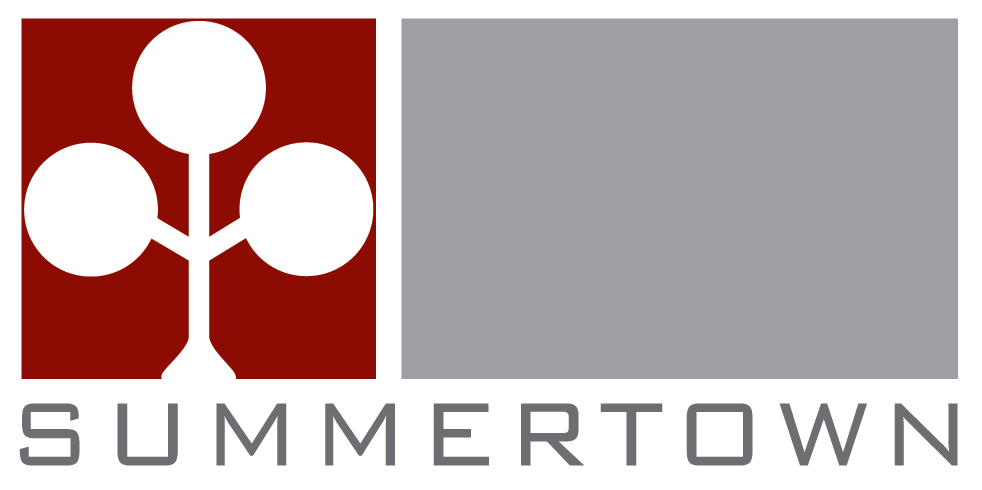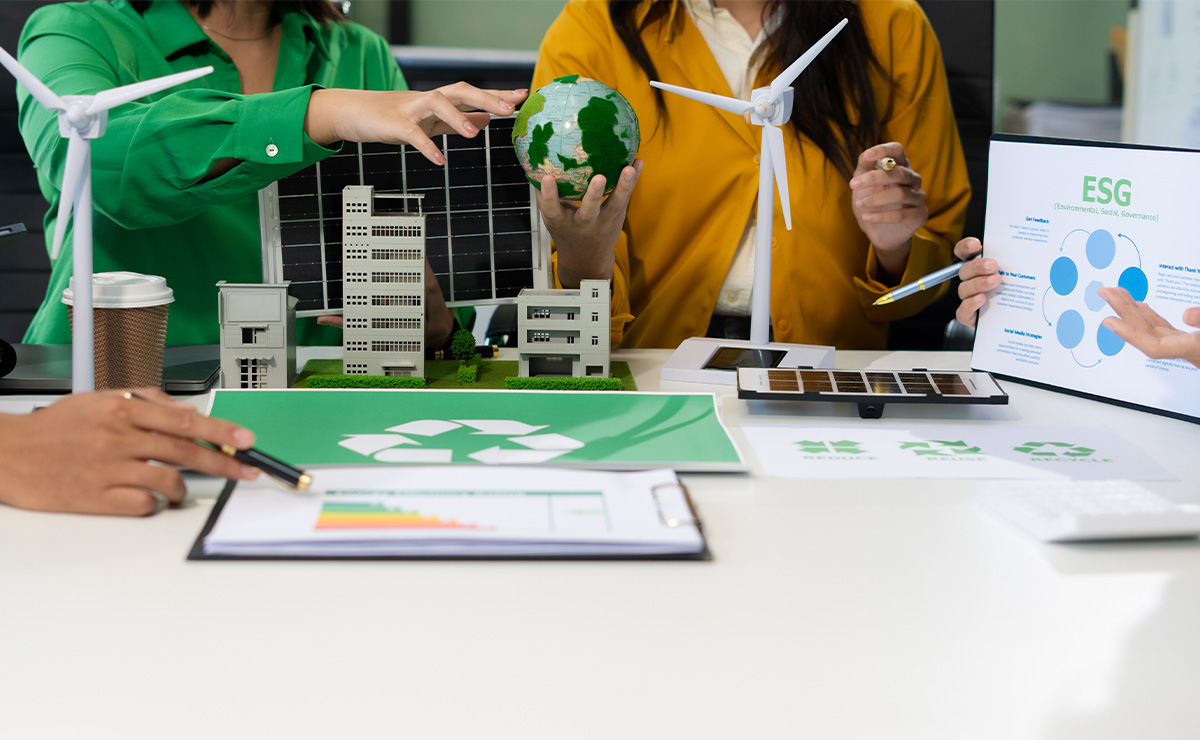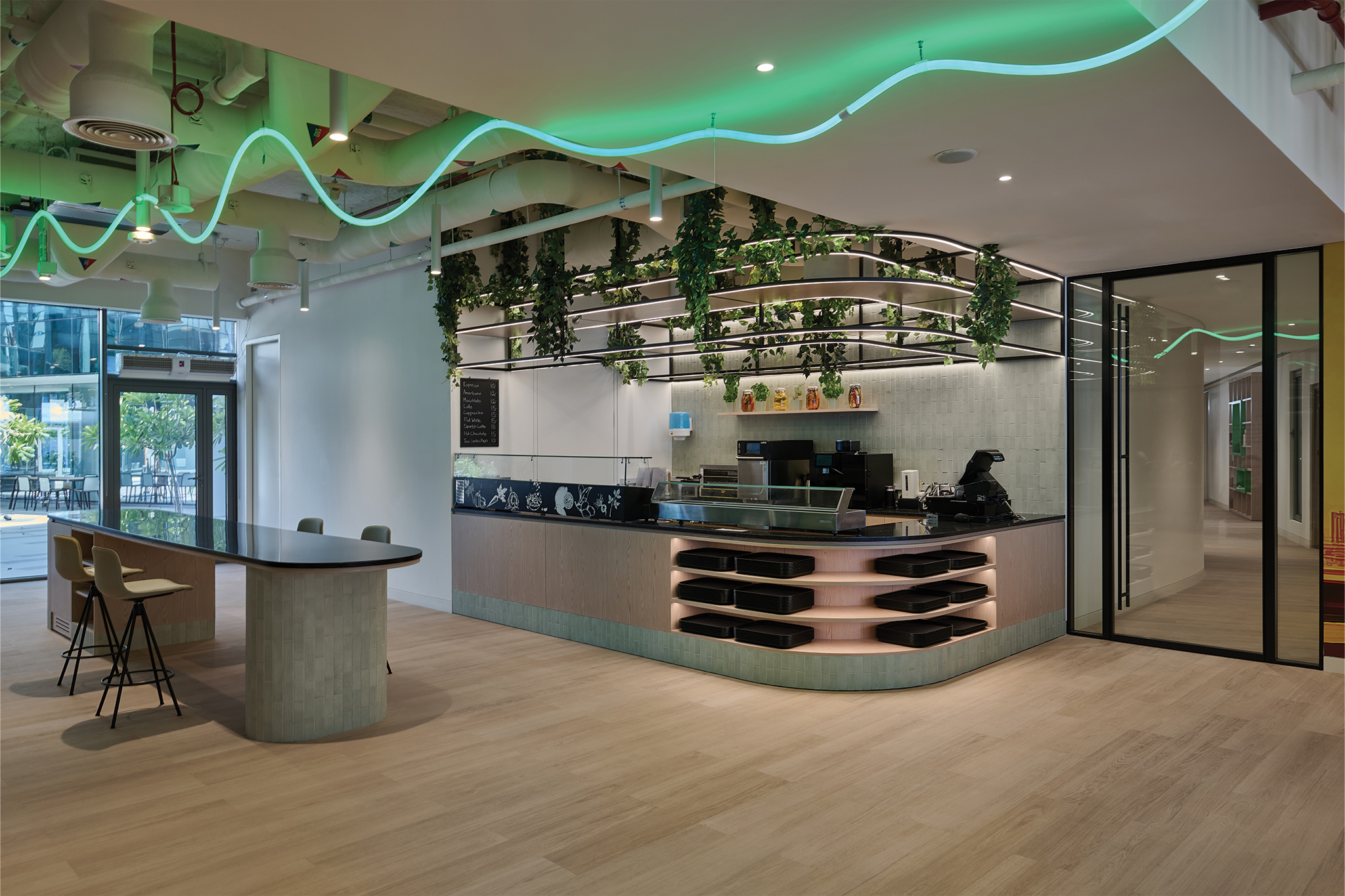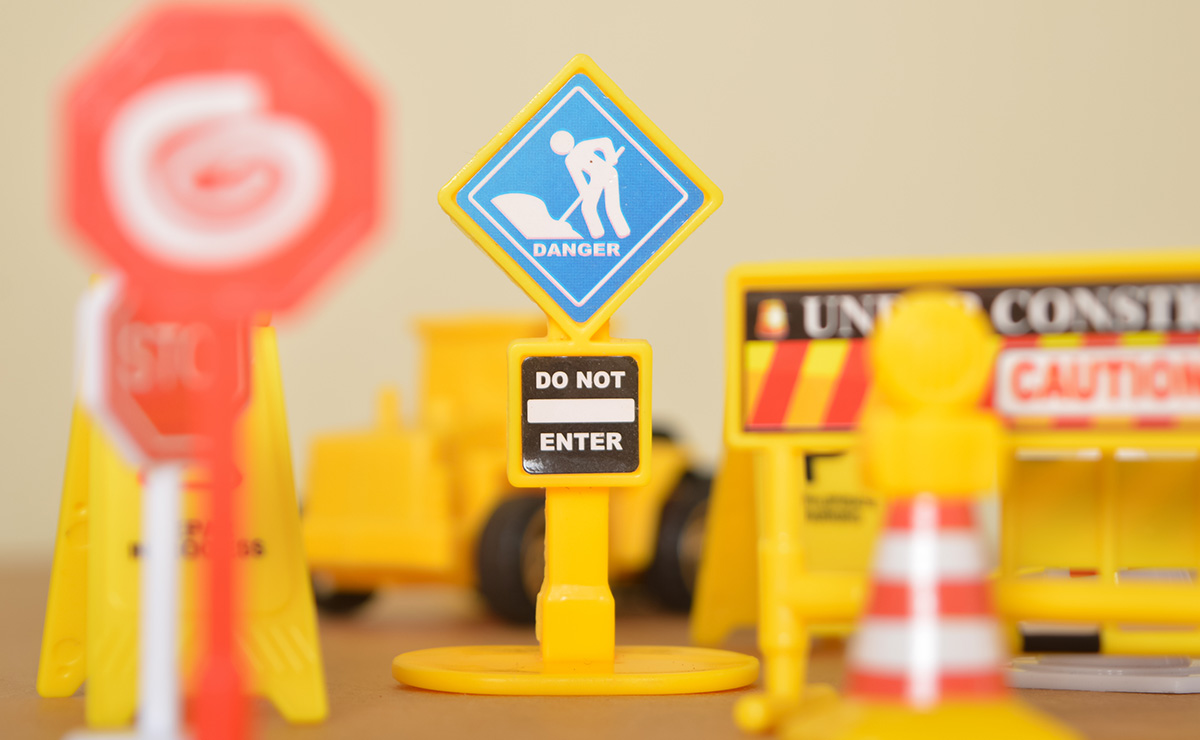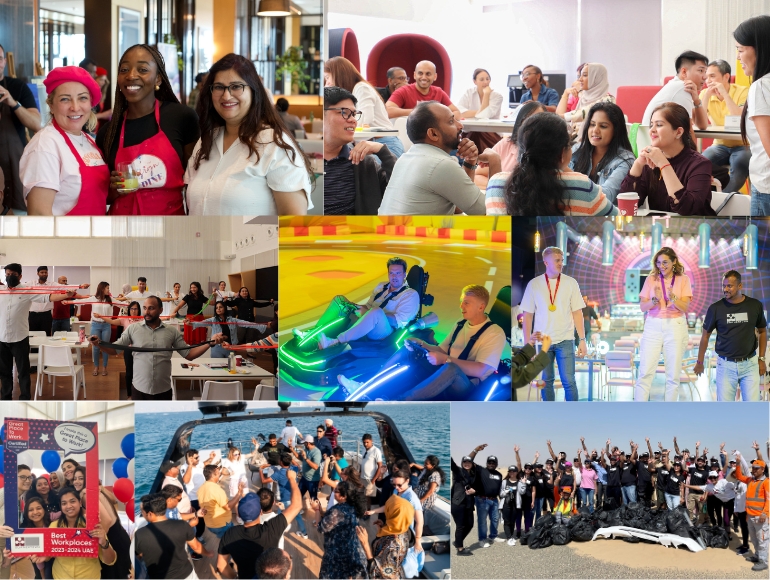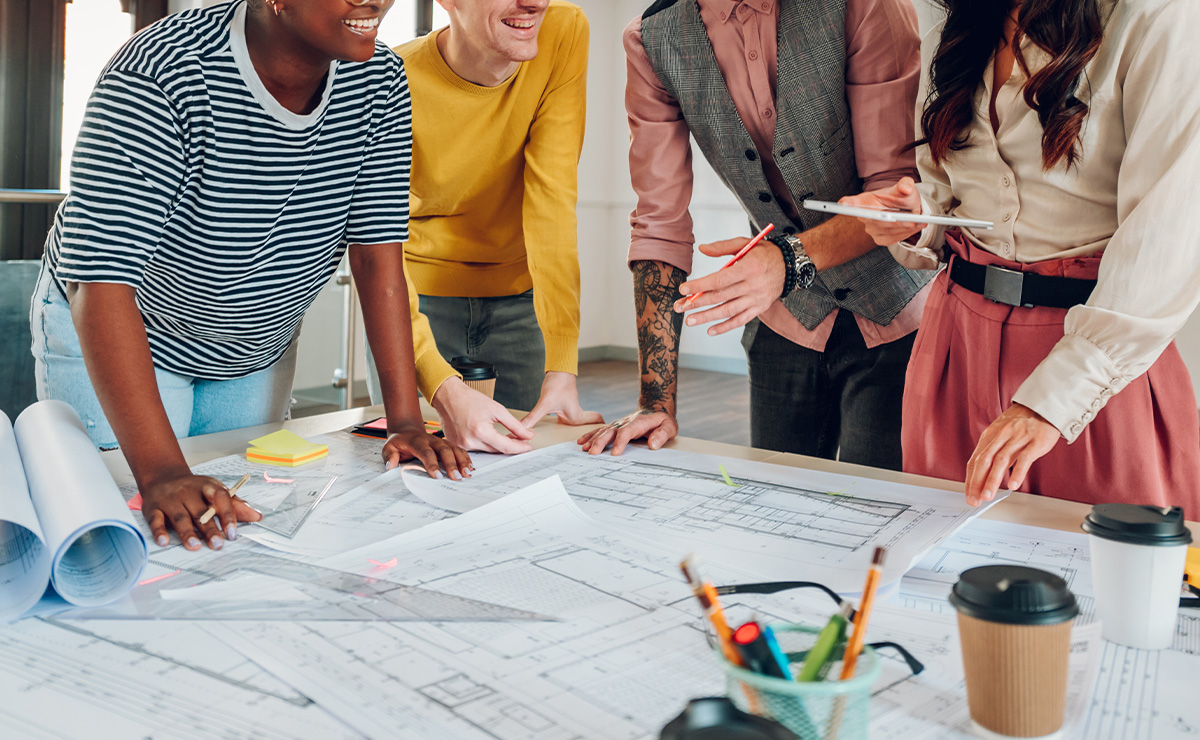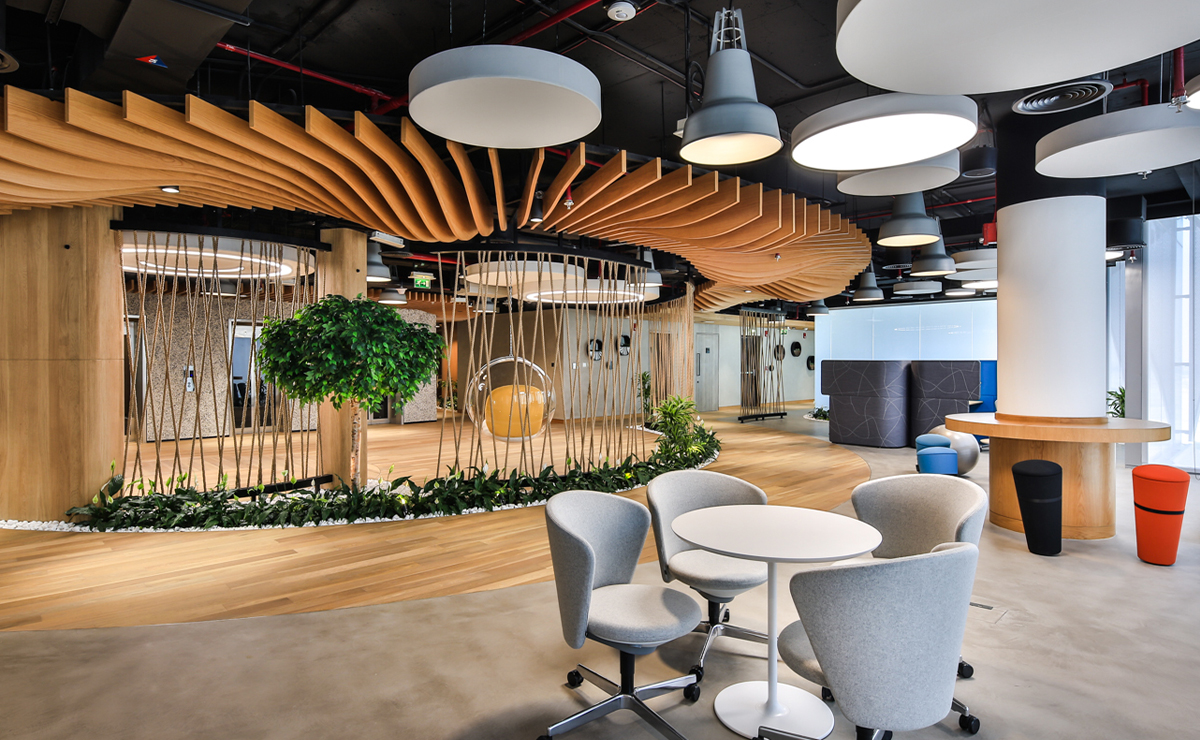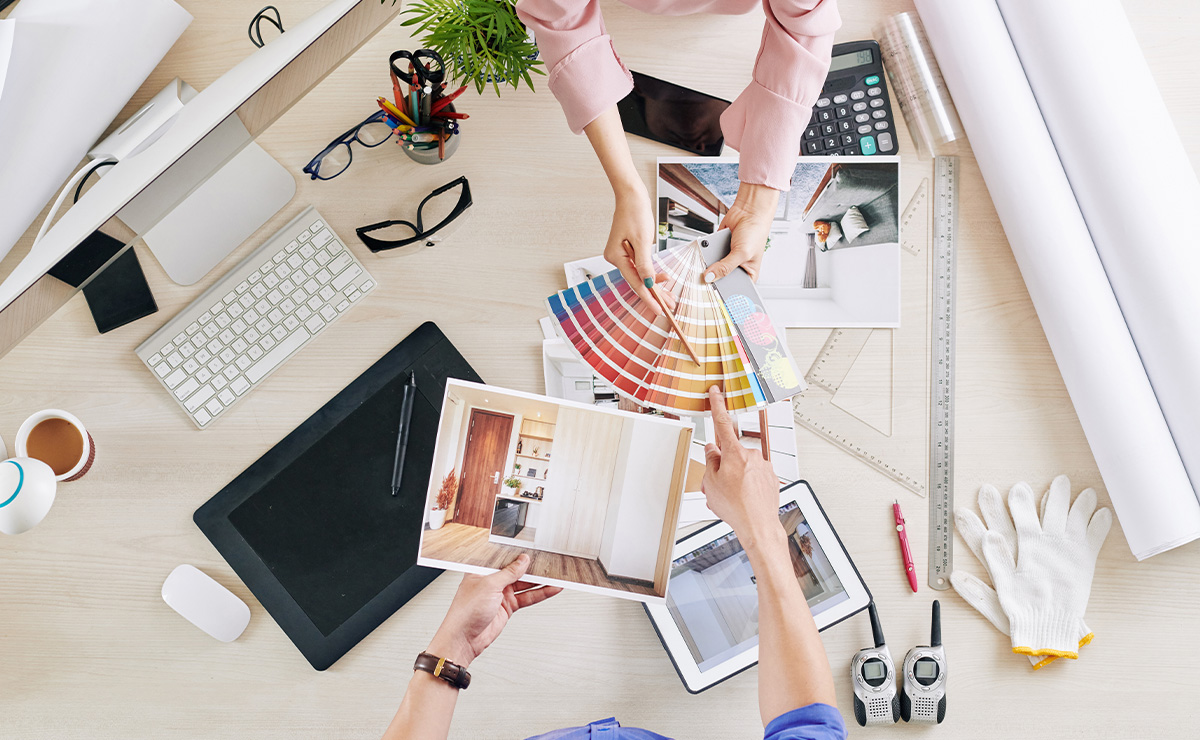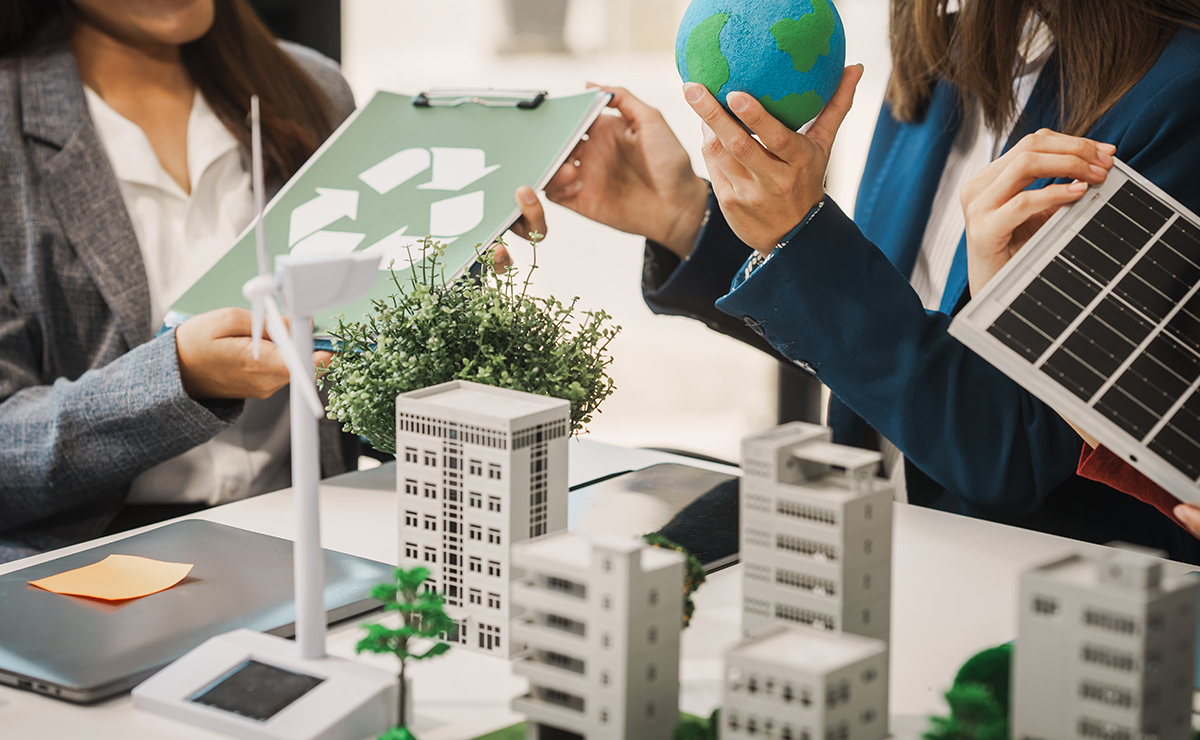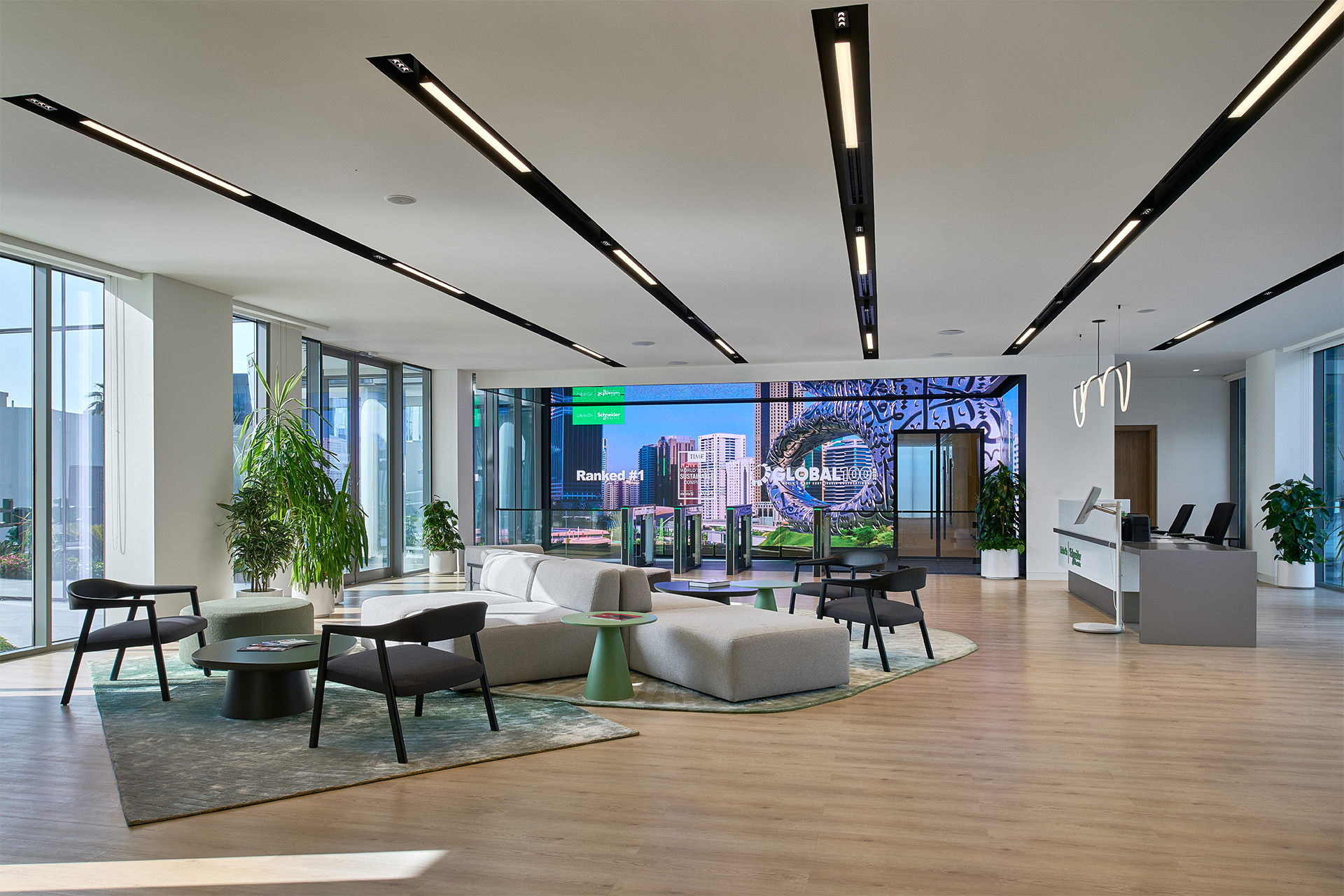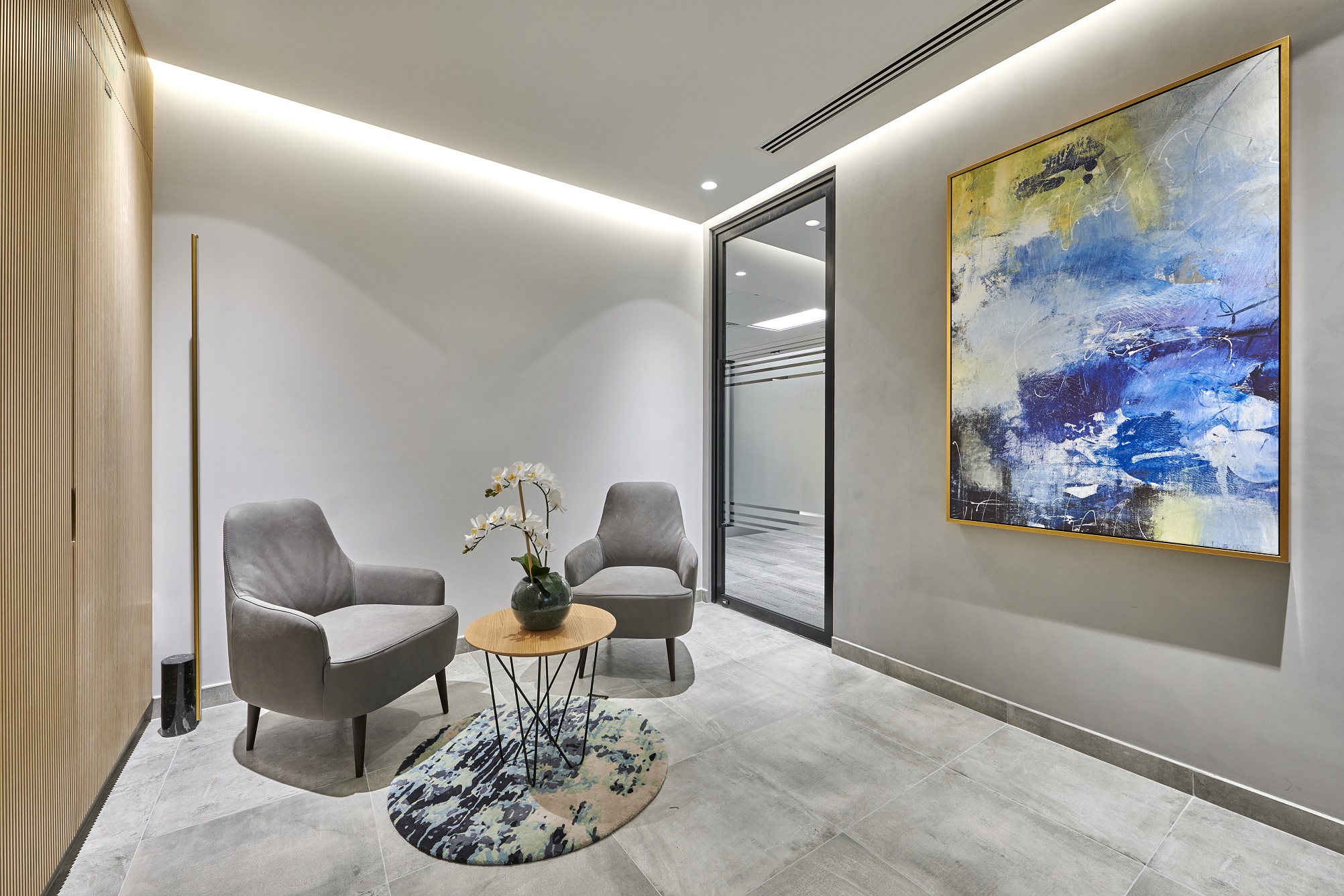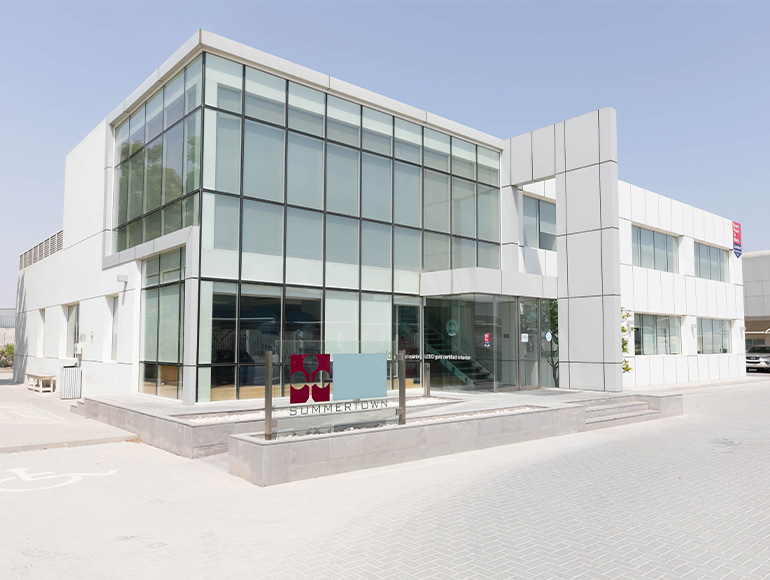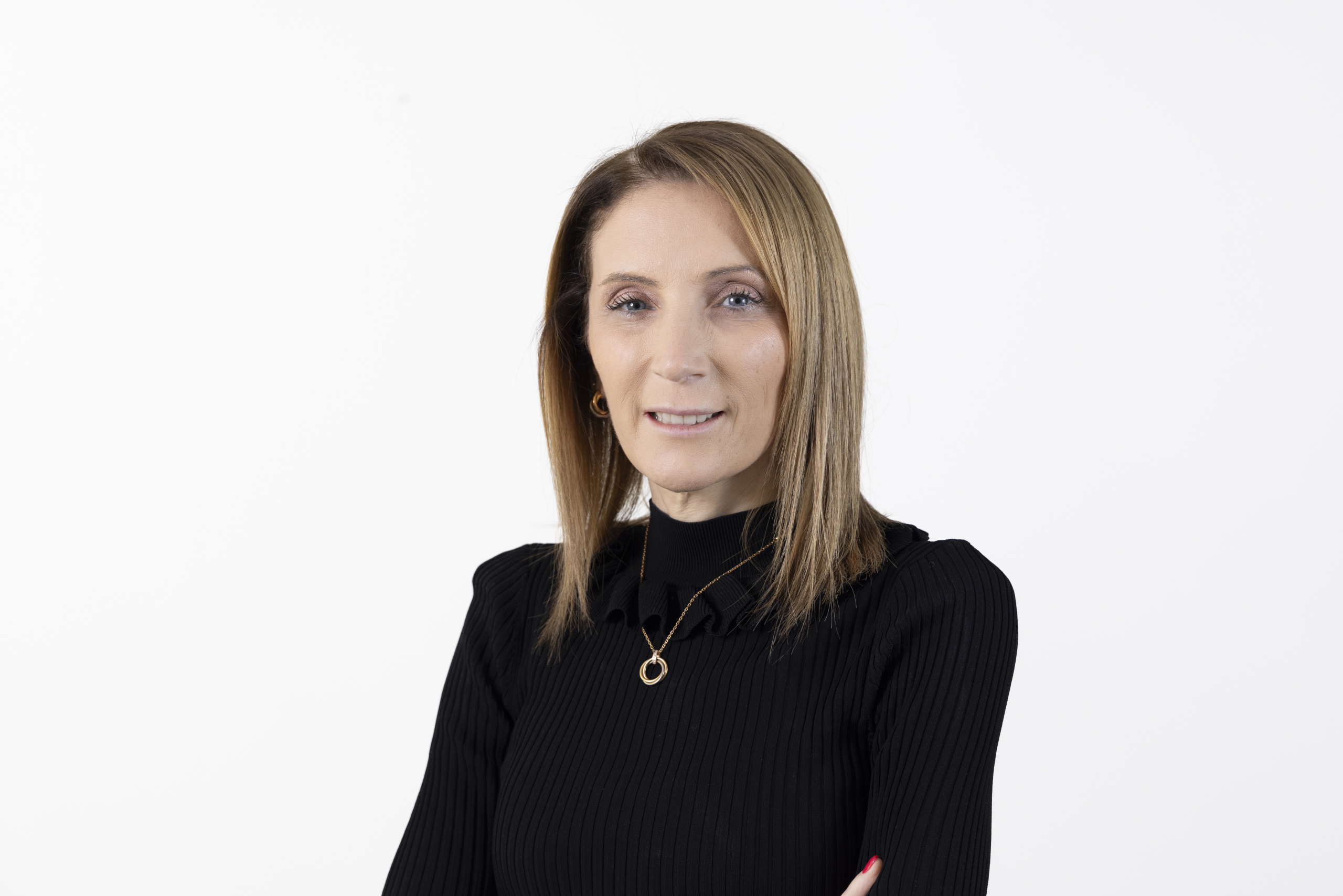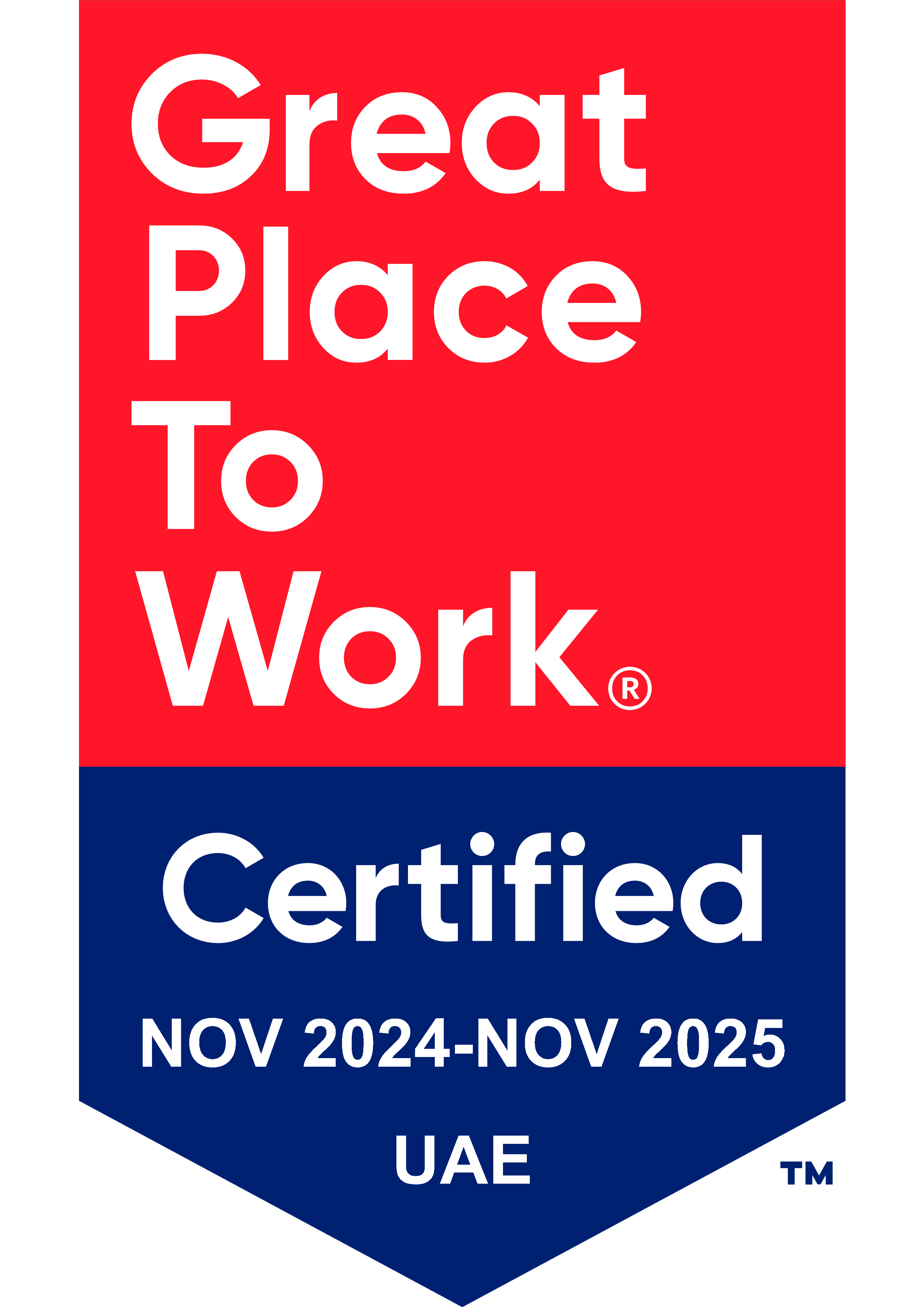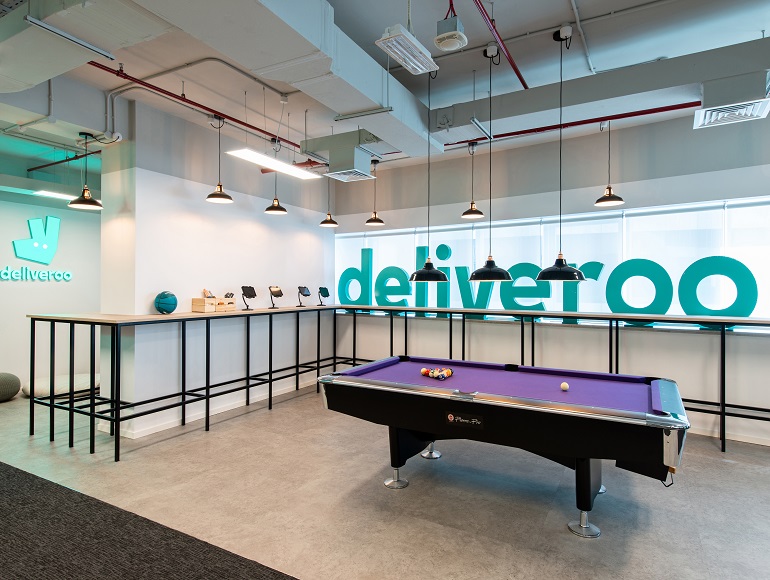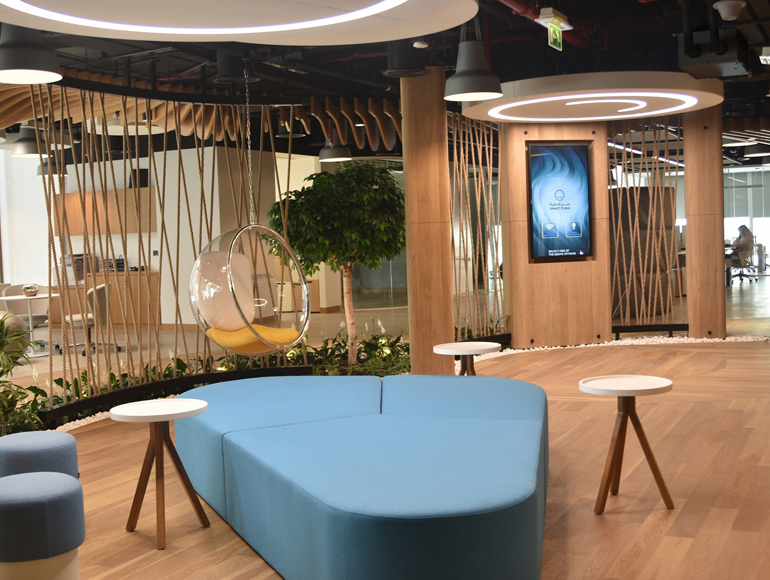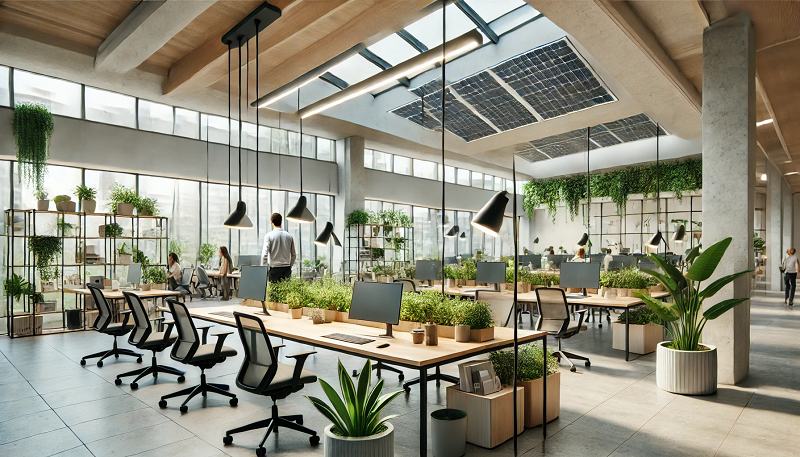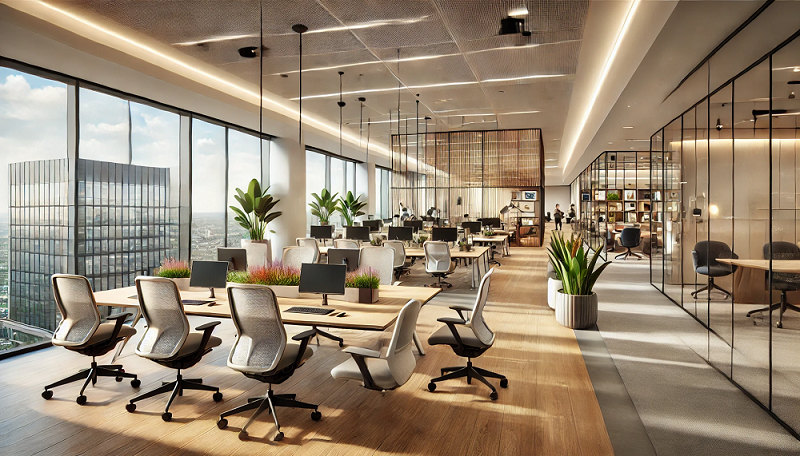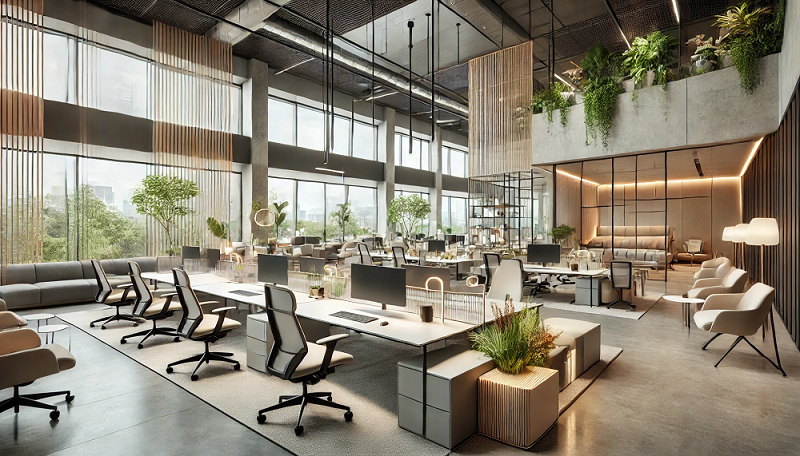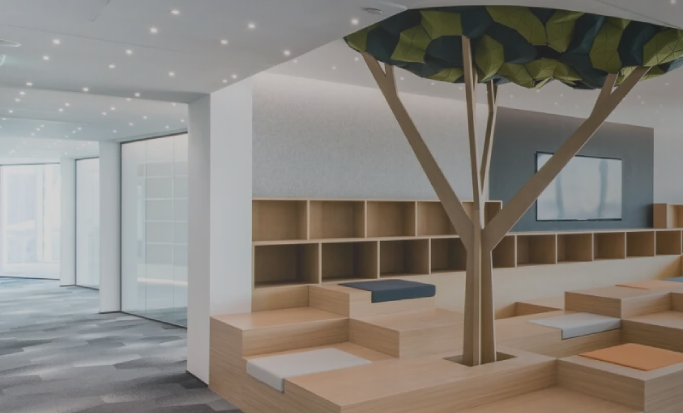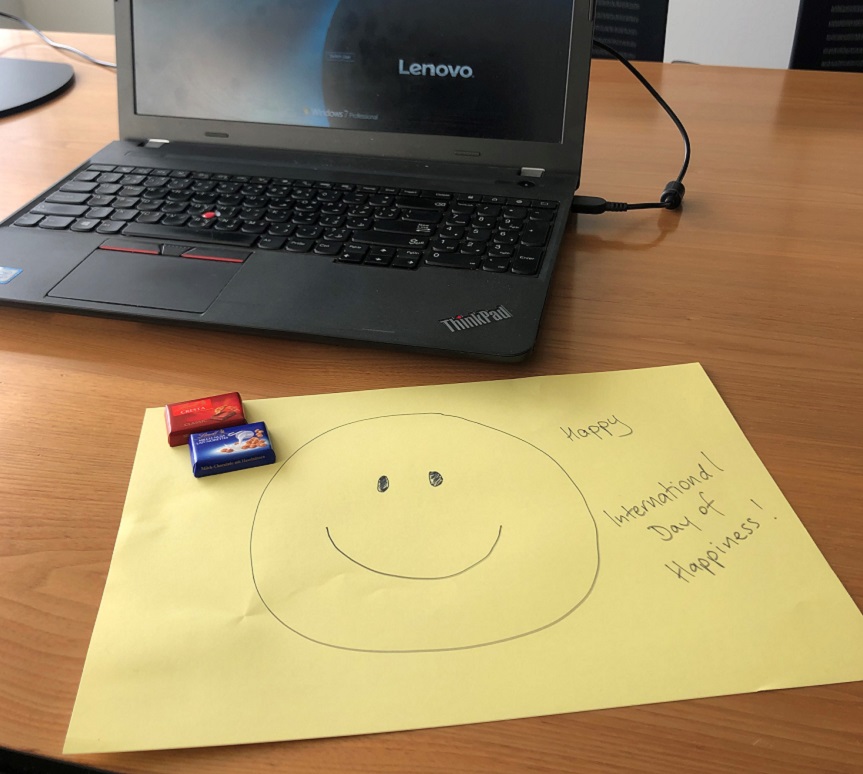
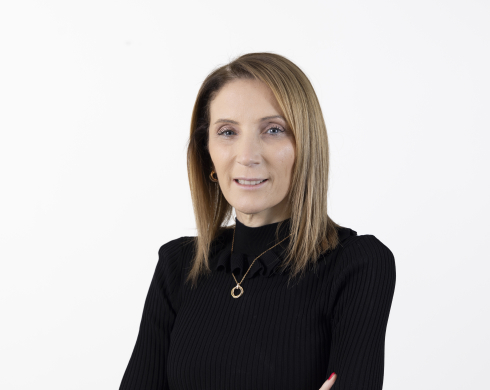
Nicola Trivett
General Manager & Sustainability Leader
Happiness is a critical factor for work, and work is a critical factor for happiness. In one of those life-isn’t-fair results, it turns out that the happy outperform the less happy. Happy people work more hours each week – and they work more in their free time, too. — Gretchen Rubin [1]
Workplace Happiness is a Priority in the Emirates
Happiness Equals Progress
In 2011, the UN recognised happiness as “a fundamental human goal”. The following year, the first UN Conference on Happiness took place and the UN General Assembly adopted a resolution declaring an annual International Day of Happiness every 20th March. To mark 2019’s International Day of Happiness, we are focussing on ideas of enhancing workplace happiness and improving health and well-being in an office environment. “People are now recognising that ‘progress’ should be about increasing human happiness and wellbeing, not just growing the economy”. [2]
As a global leader in promoting the “Happiness Agenda”, the UAE has been observing this global event regularly since its introduction. The UAE National Agenda (Cohesive Society and Preserved Identity Pillar) prioritises becoming one of the top happiest countries in the world by 2021. To achieve this goal, not only has a Happiness Minister been appointed but there is National Programme for Happiness and Positivity that stresses the need for including happiness as a criterion in the policies, programmes and services of both public and private sector entities. [3]
Why the Happy Office Works Better!
In traditional work environments, the happiness of employees was not included in business strategies. But in recent years, more scientific and sociological research has demonstrated the tangible benefits of creating happier workplaces. A much-cited study by the University of Warwick indicated that when leaders invest in promoting happiness in the office, productivity levels increase by 12%. Happiness makes people more productive at work. Concentration focus and creativity increase, while absenteeism and dis-engagement fall. Turnover falls and recruitment costs fall with it. Happy employees boost the bottom line. For example, the stock prices of Fortune’s “100 Best Companies to Work for” increased 14% per year from 1998-2005, compared to only 6% of companies not on the list. [4]
Design & Fit Out for Workplace Happiness
In previous insight posts, we focused on the importance of creating working environments that promote health, wellness and wellbeing and about using sustainable fit out to increase employee engagement and facilitate organisational change. Looking at workplace happiness is a good way to synthesise the overlapping environmentally sustainable workplaces, employee productivity, and wellness and well-being. Steelcase, a prominent office furniture and design solutions company recently completed a two-year study of workplace well-being that revealed that: “…to foster a workforce of employees who are productive, collaborative and creative, organisations need to consider much more than just the physical health of their employees. Rather, they need to take a holistic approach to well-being, understanding the emotional and cognitive, as well as physical needs of employees”. [5]
In a recent piece in Forbes, Ingrid Fetell Lee, an industrial designer and author of the book, Joyful: The Surprising Power of Ordinary Things to Create Extraordinary Happiness, argues that office design, and fit out can be an extremely effective tool for communicating an organisation’s values.
“When a company like Google or Tom’s puts a slide in their office, it tells employees and visitors that they value play. When Amazon builds a pair of bubble-like structures that house 40,000 plants, it suggests they value nature and our connection to it. Nike’s running trails, swimming pool, and fitness facilities show that they value physical movement.” [6]
What does your office say about your company? Every organisation should have a clear vision and strategy that can be expressed in office design, layout and fit out. Many different elements go into creating a particular mood and tone for office space including colours, textures, spatial layout, facilities and work areas. Formal offices communicate a formal culture; informal offices communicate a more casual, playful atmosphere. This is important for reinforcing brand identity and for attracting clients and the right talent. But it is also important for grounding employees and providing them with a sense of belonging.
Workspace Features that Make Employees Happier
How can you improve your workplace to promote happiness? The answer is not just free snacks, beanbags and ping pong tables, although sometimes these perks have a place. What makes then a happy office?
Haworth, an office workspace design firm, recently conducted a study that found that the most critical factors affecting employee happiness and job satisfaction are:
• Employee’s ABILITY TO FOCUS
• HOW VALUED Employees FEEL
What are the key features in workspace design and fit out that can help workers increase their focus and that can make them feel more valued? Read on for some of our insights.
Power to the People: Empowering Employees with Workplace Options
What it Means?
Providing employees with choices is key to increasing office happiness. Increasing overall comfort levels can be accomplished in a variety of ways by recognising that individuals have different needs and ways of working.
How to Do It?
- Providing Comfort and Control
- Temperature and lighting controls set by employees
- Ergonomic furniture – Height adjustable desks and seating (sit/stand desks)
- Facilities & Amenities
- Pantry / Kitchen facilities
- Team & collaboration areas
- Recreation & relaxation space
- Adequate bathroom facilities taking into consideration gender distribution.
- Storage & Personalisation
- Offering storage solutions to employees can give them a sense of more control over their environment as well as reducing clutter. This can include designated compartments, shelving, cabinets, drawers or even lockers. [7]
- Setting standards or rules for acceptable personalisation in work areas can help to maintain a clean corporate identity while giving employees the ability to make their workspaces friendlier and homier by including small decorative items or personal photos.
Sound: Having the Right Acoustics
What it Means?
One of the most regularly voiced complaints about open-plan offices is the level of distracting noise. Reducing the overall ambient noise levels in the office as well as cutting down on distractions in open areas can help to reduce worker stress and fatigue.
How to Do It?
- Instilling a company culture that encourages people to move meetings, chatting and talking on the phone to closed areas
- Moving office machines like printers, faxes, scanners away from open work areas
- Using partitions and furniture to increase privacy and redirect noise
- Ensuring fit out uses top quality insulation for acoustics
- Creating quiet zones for concentrated work and areas where discussion and collaboration are allowed (see above)
Green is Clean
What it Means?
Interior fit out based on sustainable principles delivers the greatest positive impacts on the health of building and office occupants. Green materials, for example, emit-less VoC. Paints, floorings and wall treatments are non-toxic and less likely to cause allergies or discomfort (associated with “sick building syndrome”.) At the same time, maintaining general hygiene and cleanliness becomes easier when using sustainable materials.
How to Do It?
- During an office fit out use sustainable and non-toxic materials – that are easy to clean and maintain, and which help to improve indoor air quality.
- High fit out standards must be applied in installing or refitting HVAC systems, ducting, plumbing, and so on. This has the added benefits of cutting down on cooling costs, and the need for costly repairs from sub-par systems.
- Good ventilation prevents the spread of illness in closed environments.
- General office cleanliness is a must using scent-free and chemical-free cleaning products.
- Encouraging tidy office habits, such as clean desks, and eating and drinking only in designated areas.
- Establishing processes and incentives for reducing energy and water consumption, recycling and safe disposal of possibly toxic materials, like batteries.
- Use environmental cleaning products avoiding overuse of harsh chemicals
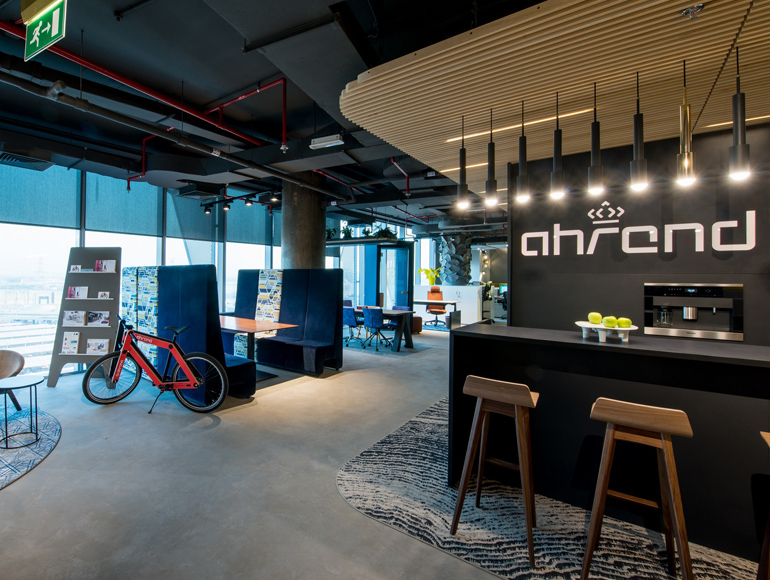
For Ahrend’s GCC “flagship” workspace the strictest sustainability standards were employed in office design and fit out. Green materials were used throughout, enhancing a bright, modern aesthetic highlighting signature pieces from Ahrend’s collection. The space was structured based on “Activity Based Working” including quiet areas, collaboration spaces, private call zones, video conferencing, “hot desks” and a coffee bar hub for informal meetings.
Desk Breaks and Collaboration Areas
What it Means?
Sitting down for long periods in front of a computer screen is one of the least healthy habits of 21st century employees. Encouraging workers to step away from their desks and to move is correspondingly one of the best things to do for both physical and emotional well-being.
How to Do It?
- Encouraging employees to take short breaks away from screens by discouraging eating at workstations
- Creating flexible working options setting out formal and informal work areas to suit different working styles, and different tasks (Activity Based Working solutions). This can include:
- Instituting Office Wellness programs featuring health checks, sports or fitness challenges, and even corporate gym membership plans.
For example, the fit out of food delivery start-up Deliveroo included a large dedicated portion of their working space for a flexible pantry, meeting and recreation area.
Bringing the Outside In – Biophilia
What it Means?
Biophilia is one of the most significant trends in contemporary office fit out. Numerous studies have demonstrated that exposure to elements drawn from the natural environment, like sunlight, plants and natural materials all contribute to creating a better mood and increasing worker performance.
How to Do It?
- Integrating more natural materials into office design and fit out including wood, stone, hemp, rope etc.
- Introducing more greenery such as living plants, green walls or even moss walls
- Using decorative components that evoke or mimic nature, including art
- Providing as much access to natural light and outside views as possible
Technology: Hassle-free digital experience
What it Means?
Incorporating the latest technology into a new office fit out is key – the benefits include reducing unnecessary effort and to free workers from the constraints of repetitive and unrewarding routine. But hiccups and bugs associated with different technological innovations can also be one of the most frustrating aspects of office life. Finding the balance means providing a 21st century hassle-free digital experience that fosters connection rather than disconnection.
How to Do It?
- Ensuring office fit out provides seamless connectivity throughout the office environment allowing people to work anywhere
- Investing in superior IT facilities and competencies as well as procuring the best performing equipment or software that functions as required
 Ensuring proper maintenance of office equipment
Ensuring proper maintenance of office equipment- Encouraging the adoption of digital working solutions –including paperless office, digital meetings, telecommuting or remote working options
- Using effective collaborative tools – digital whiteboards, virtual office assistants
For our Smart Dubai Office fit out project the focus was not only on providing attractive and inviting working spaces, including pantries and recreation areas, most importantly was the installation of the latest technological innovations to facilitate a seamless workplace.
Colour Me Happy: Light & Bright
What it Means?
Colour psychology in office environments is being studied more carefully. It’s part of conventional wisdom that colours can impact mood, but now research is showing the linkages between office colour schemes and employee productivity. For example, Kalyan V. Meola at the University of Hawaii at Hilo showed how colours influence behaviours, performance and mood. Researchers at Creighton University also found that colours significantly influenced employees’ emotions and efficiency. [8]
How to Do It?
- Choosing colours that complement the organisation’s identity
- Neutral colours seem to facilitate a more harmonious working environment
- Greens and blues are thought to spur creativity and innovation
- Warmers shades like red and orange can boost employee focus and concentration
Our Commitment to Promoting Happy & Healthy Office Culture
At Summertown, our vision of sustainable fit out involves everything that contributes to creating better workplaces and that includes the health, well-being and happiness of office occupants. We have extensive hands-on experience in implementing sustainable fit out solutions for a wide variety of leading companies. In our own LEED (Leadership in Energy and Environmental Design) certified office, we have a comprehensive wellness and well-being program and we are committed to improving the health of our employees and their emotional and psychological well-being. We are proud to have been the first recipient of the inaugural 2017 Happiness @ Work Awards, which identifies organisations that create a positive atmosphere, happiness and a sense of belonging in the workplace. We are continuing our journey and are pursuing WELL certification for our office interiors – which is the premier building standard that focuses on enhancing people’s health and wellness through buildings.
As we celebrate 2019’s International Day of Happiness, there is no better time to reflect on how we can make the world a better place while helping our employees become happier and more productive. Reach out to us today to discuss what steps you can take to transform and improve your workspace.
References:
[1] Gretchen Rubin Quotes. (n.d.). BrainyQuote.com. Retrieved March 15, 2019, from BrainyQuote.com: https://www.brainyquote.com/quotes/gretchen_rubin_619342
[2] https://www.dayofhappiness.net/about
[3] https://government.ae/en/about-the-uae/the-uae-government/government-of-future/happiness
[4] https://www.forbes.com/sites/forbescoachescouncil/2017/12/13/promoting-employee-happiness-benefits-everyone/#29300f5e581a
[5] https://www.fastcompany.com/3029384/how-to-design-your-workspace-to-encourage-positive-emotions-at-work
[6] https://www.forbes.com/sites/erinspencer1/2018/11/07/designing-a-happier-workplace-a-blueprint-for-getting-it-right/#34ce5dad2f66t
[7] http://media.haworth.com/asset/96288/happiness-white-papers-by-haworth.pdft
[8] https://www.miuc.org/how-can-colours-help-you-in-your-everyday-life/t

Nicola Trivett
General Manager & Sustainability Leader
